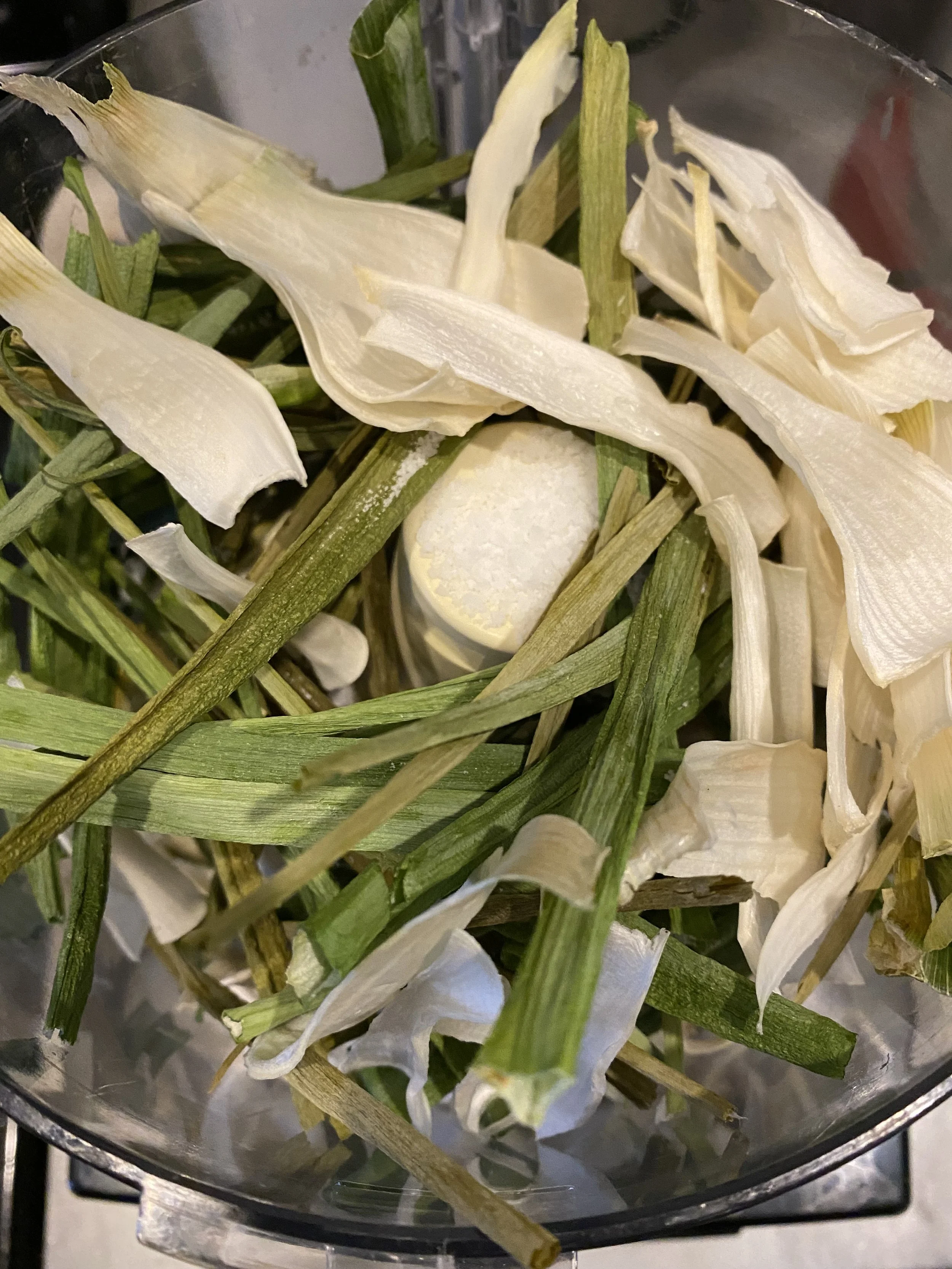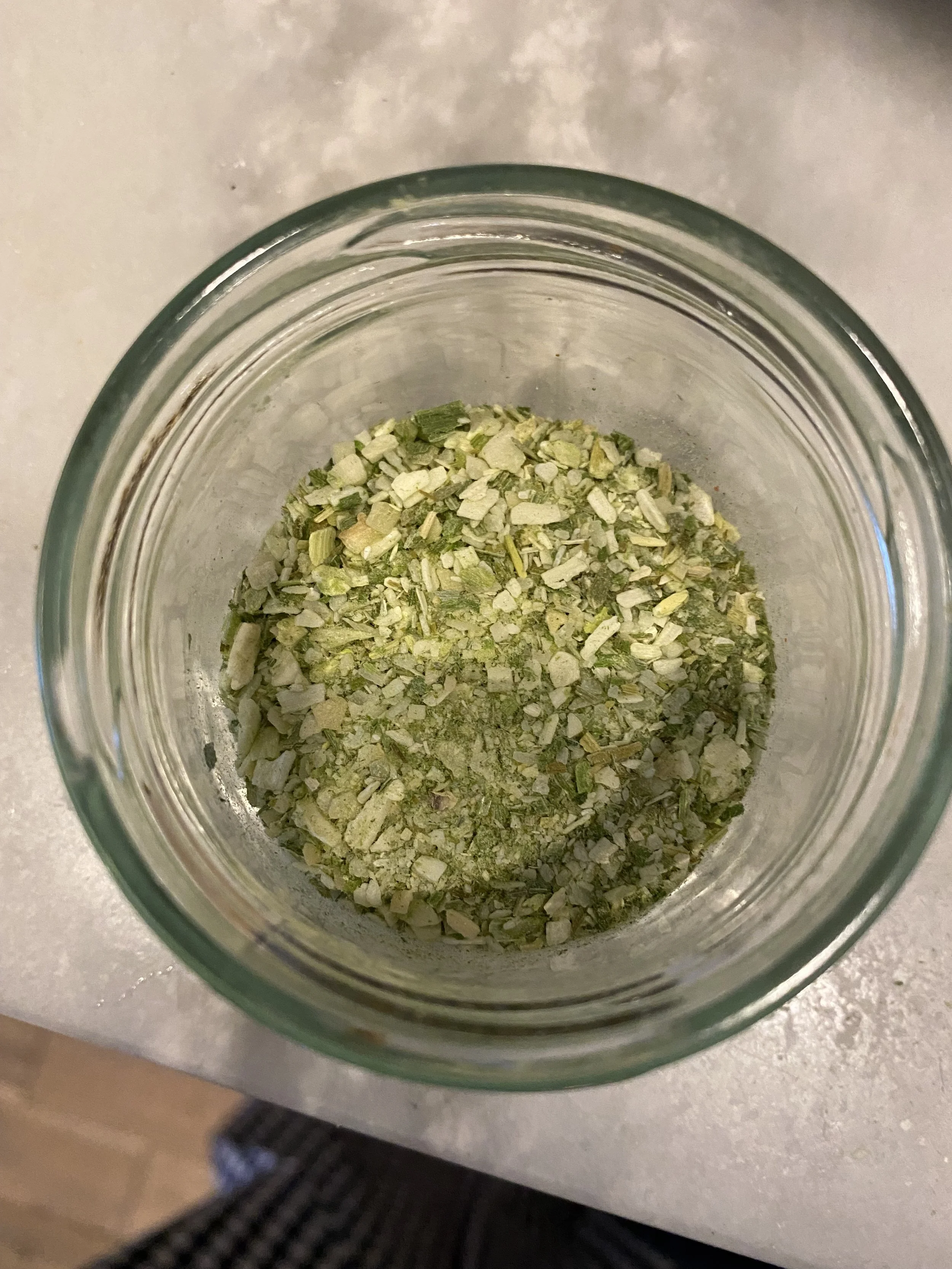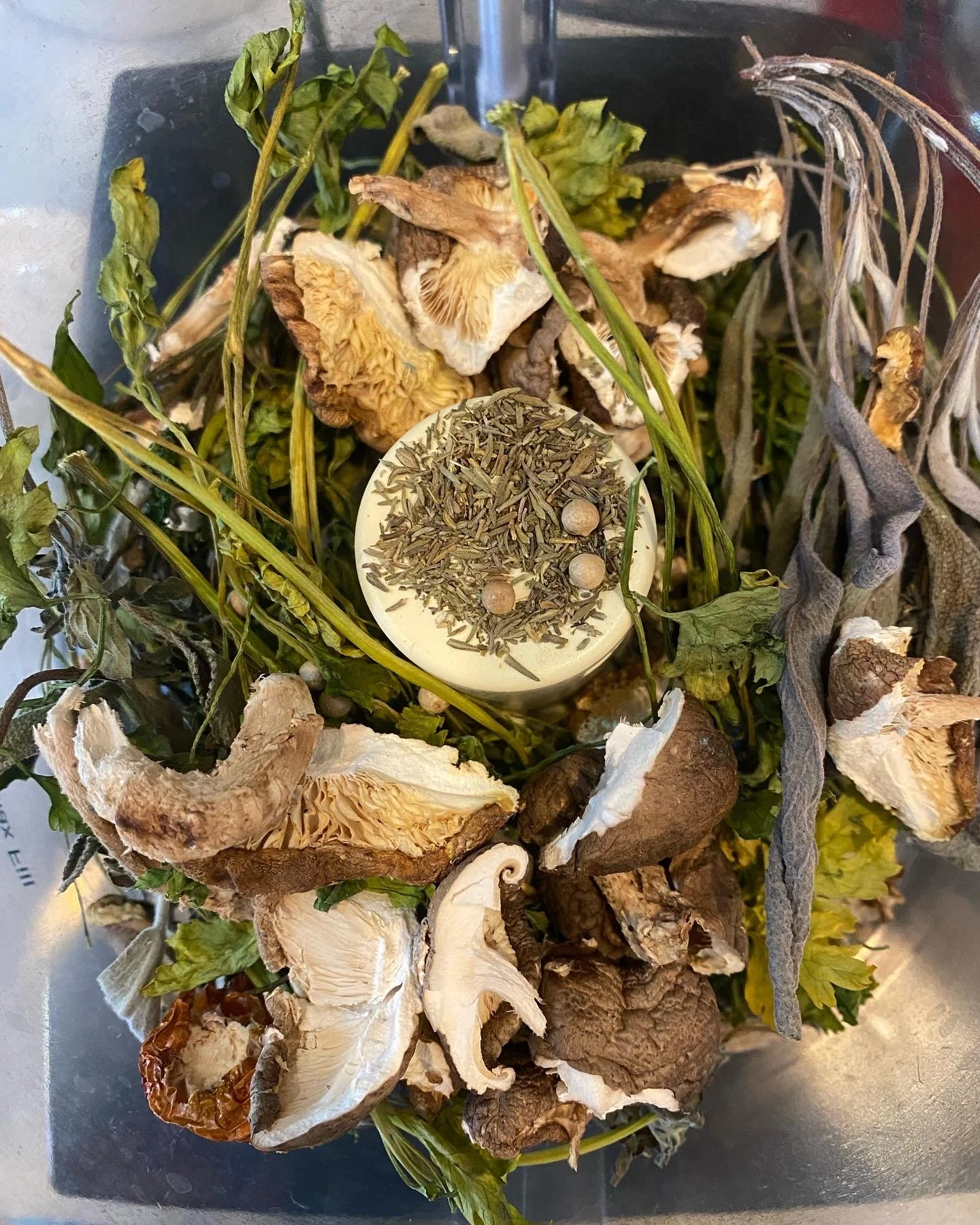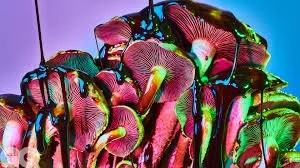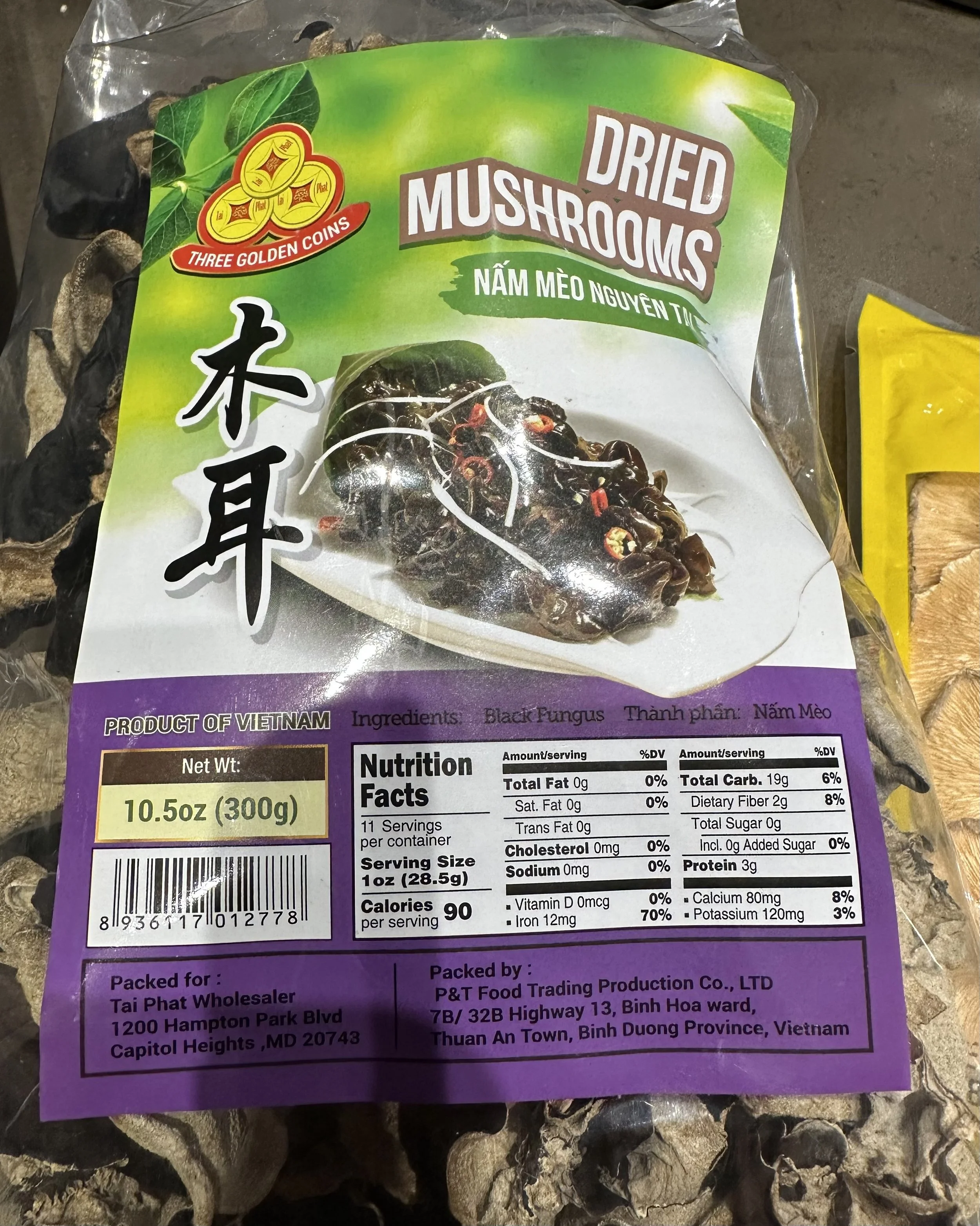Thank you all for joining for my very first recipe post, for one of my most favorite creations. I just happened to make a batch a few days ago, so I thought this would be good recipe to kick things off with.
All of this started when I decided to put some garden boxes on the rail of our deck in our old row house in DC. We couldn’t do this until we had the big mulberry tree taken out. For lovers of both mulberries and big old trees, I understand the pain you may be feeling. The tree straddled the property line with our 93-year-old neighbor. The major issue with the tree, other than it simply getting too big in an inconvenient place, was that the berries were prolific and became a major slipping hazard. I myself slipped and fell pretty brutally down our rear steps in a slick of berry slime. Icky as well as hazardous. And much worse for our neighbor. When his nephew asked if we’d go halves on removal, we eagerly agreed.
With the tree gone, we suddenly had sunshine and a new option for gardening. I did okay with little rail boxes of peppers and radishes. I also, on a whim, stuck the root ends of some grocery-store green onions in there one day, and was able to snip new scallion off them for most of the season. When winter came on that year, I pulled them up - only to realize that they’d grown good-sized bulbs in the meantime. Having never used scallion bulb of that size, I googled and read that they have a very strong, good flavor, but the texture is not always so pleasant. No problem - that makes a perfect candidate for dehydrating.
That was a great success, and I was able to stock up a few jars full of dried onion bits, not dissimilar to the kind you get in a packet of Knorr soup. At the same time, I found in the back of the fridge a packet of shiitake mushrooms that had sadly been neglected long enough to dry out. The mushrooms were from the fantastic THEARC Farm.
The Town Hall Education Arts Recreation Campus (THEARC) is a fantastic organization, located in Southeast DC. Southeast DC has been a historically under-served community, and having a resource like this - one that is greatly appealing no matter where you live in the city - is a real treasure. The Farm at THEARC runs a CSA for residents; those who can subsidize vegetable boxes for those who might have a harder time getting healthy vegetables. The vegetables, mushrooms, and cut flowers are grown on-site or sourced from local urban farms in the area, with a preference for women-run farms.
We all took a mushroom-growing class there once; we still have the logs we inoculated there and are hopeful we will get good harvest of shiitake this spring!
While sad that I’d apparently squandered the opportunity to eat those fresh shiitake, they do dry very well. So I knew I needed to make good use of them. Having just made some homemade onion salt, I was struck with an inspiration. What if I made a seasoning salt, but used dried mushroom as a layer of umami in the recipe?
Well, friends, that’s what I did. And the result was, truly, nothing short of magical. Of course, it was one of those situations where I threw in a bunch of this and a bit of that, a pinch of one thing, a dash of another. So I can’t completely replicate that recipe. Nor do I think that any two batches will be exactly the same - I always like to put in whatever good thing I have on hand.
That batch included dried shiitake, dehydrated green onion bulb, black and white peppercorns, and salt. I’m not sure what else I put in there, but I think there were some odds and ends of some herbs I had.
It lasted a solid 12 months with regular use and some given away as gifts.
Recently I noticed that the reserves were running low. It was time to craft another! And, just in time, I came across a jar of dehydrated green onion that I had set aside but never used. I like it much better in this application, though.
I also added some more recently dried shallot - I prefer to take off the outer solid peel because it tends to be tougher and less tender than the inner layers, but it’s still got good flavor. I also had some dried shiitake stems on hand, as well as some bags of dried mushrooms from the Asian grocery - shiitake as well as wood ear. We also had a bunch of dried peppercorns, both black and white, plus a mix of black, white, pink, and green, all from the restaurant supply shop.
For lack of a better name, “magical mystery salt” it is.
Much better.
So what’s actually in it? This batch is about equal parts salt and pepper, with half-parts each pulverized mushrooms and dried onion. Note that the dried onion was pieces not powder, so the volume is lower than it would be in onion powder terms, if you choose to use that instead. I do think that some of the mystery magic does come from the sharpness of the dehydrated scallion bulb, and also the fact that as dehydrated onion goes, I was using freshly made stuff as opposed to onion powder that has sat long enough to lose its pungency. I think that dried onion pieces rather than onion powder would be better if you have to buy it, but only if your equipment has good pulverizing power.
The technique for making this is pretty straightforward, though it’s easier if you have specific equipment. I try to start with the mushrooms and any vegetables and start them in the Cuisinart. This breaks them down pretty quickly. If you throw in peppercorns whole, my experience is that they bounce off the blades and don’t get broken down. Also, while the shiitake pulverized easily, the wood ear mushrooms took a bit more doing. The Cuisinart alone wouldn’t do it; and it left some of the peppercorns uncrushed, even though I started them in the mortar and pestle first.
I know some seasoning blends leave palpable bits of this and that, and it’s a feature not a bug. But I didn’t want to do that here. 1) A big part of the reason I like making this salt is that it is less salty than, well, plain salt. Hubs keeps his salt intake lower than I do, so I like having something that gives a lot of flavor without being just plain salt. The mushrooms give an umami boost, the pepper is a natural companion to salt, and the other herbs and spices add depth. 2) The pieces of wood ear mushrooms looked like they’d add an unpredictable texture to things. If used dry, they would be chewy. If used in a sauce, they’d become gelatinous.
I decided, for that reason, to throw the whole lot into the Vitamix and let it properly pulverize. The Vitamix did it in about two seconds.
This doesn’t mean that you can’t make the magical mystery salt without a Cuisinart and Vitamix. You definitely can. But you need to accommodate your ingredients to whatever your equipment can handle. That may mean choosing softer dried mushrooms, pre-grinding your peppercorns and other spices in a spice grinder, coffee grinder, or mortar and pestle, or using the finished product in recipes where its final texture will work.
What have I been calling this seasoning “magical mystery salt”? Well. When we first started using this seasoning, we declared it “Magic!!!”. And its magic comes from mushrooms. So I once called it “magic mushroom salt” before realizing that would be a VERY different thing altogether.
There it is!
Here’s a recipe, as best I can recall:
4 ounces dried mushrooms (this will be what feels like a large amount of dried mushrooms, but they grind up into not a lot)
4 ounces dried onion
1 cup peppercorns - whatever kind you have or like
1 cup kosher salt
Other seasonings of choice - in this case, 1 tbsp crushed red pepper, 1 tbsp dried oregano, 2 tbsp rosemary
Directions:
Grind dried mushrooms in a food processor, then add peppercorns and other herbs. Process until mostly ground. Add salt. If desired, transfer to a blender - in small batches if needed - and process till fine.

